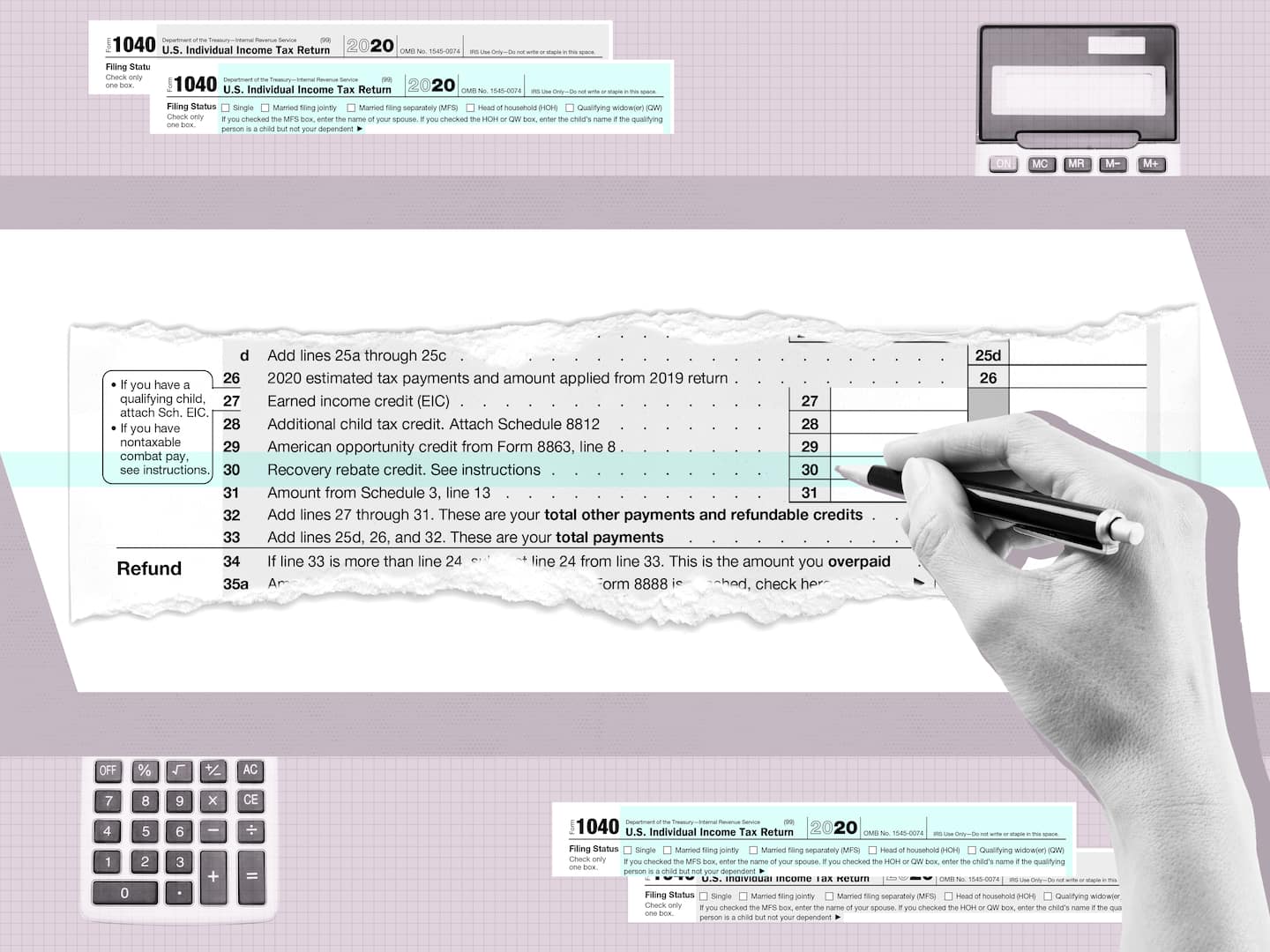Veterans still waiting for their $1,400 stimulus payments should get direct deposits by April 14

So far, the IRS has disbursed more than 156 million stimulus payments.
The American Rescue Plan provides for payments of up to $1,400 for eligible individuals and $2,800 for couples filing joint returns. Dependents, regardless of age, receive $1,400 each.
Recent distributions also include supplemental or “plus-up” payments for people who have received partial stimulus payments based on their 2019 return. Under the American Rescue Plan, the IRS could use a taxpayer’s 2019 or 2020 return to issue what it calls an economic impact payment, also referred to as a stimulus payment. If someone’s income dropped last year compared to 2019, that might entitle them to a plus-up payment.
Here are some answers to questions you may have about the most recent stimulus payments being sent and those still slated to be distributed.
When will the IRS start sending stimulus payments to veteran beneficiaries?
If all goes well, the IRS said the official payment date for VA beneficiaries receiving direct deposits will be April 14.
There was a delay in payments to beneficiaries who haven’t filed a 2019 or 2020 tax return, or who didn’t use the IRS non-filers tool last year.
The IRS said VA beneficiary payment information should be available on its “Get My Payment” tool by this weekend, April 10-11. The majority of payments will be made electronically, but if you don’t get a direct deposit, watch the mail for your stimulus check.
What exactly is a “plus-up” stimulus payment?
Because the IRS has the authority to use 2019 tax returns if a 2020 return hasn’t been processed, many people might not have qualified for the full $1,400 under the American Rescue Plan.
Aware of the backlog at the IRS, Congress gave the agency the ability during this stimulus relief round to circle back and essentially top off people who were shortchanged because their tax situation changed in 2020.
For the third round of payments, eligible individuals with an adjusted gross income of $75,000 or less are entitled to the full $1,400. The ceiling is $112,500 for individuals filing as head of household and $150,000 for couples filing jointly.
However, taxpayers will not receive a stimulus payment if their adjusted gross income exceeds $80,000 if filing as single people or married people filing separately; $120,000 if filing as the head of a household; and $160,000 if married and filing a joint return, or if filing as a qualifying widow or widower.
The IRS continues to review and process 2020 returns. People’s income may have dropped significantly last year, making them eligible for the full $1,400. Or, a processed 2020 return may show the birth of a child last year or the addition of a new dependent.
So, if a taxpayer is entitled to more relief, the agency will adjust the return and automatically issue the remaining balance. The IRS said the plus-up payments will be issued on a weekly basis going forward, as the agency continues processing tax returns from 2020 and 2019.
Technically, the stimulus payments are an advance of a credit referred to as the “Recovery Rebate Credit.” If for some reason you’re eligible for the stimulus funds but still haven’t received the money by year’s end, you can claim it on your 2021 return when you file next year.
Why are people getting “plus-up” payments when I haven’t even gotten my $1,400 yet?
In every round of the stimulus relief, many people who received payments first had three things in their favor, a recently filed and processed tax return, and they had provided the IRS with up-to-date banking information.
You may have filed your 2019 or 2020 return, but it could be stuck in the IRS pipeline. The IRS is still processing returns and refunds from 2019. Including current-year returns, the agency says it had 9.2 million unprocessed returns as of March 5.
As returns are fully processed, the IRS is sending stimulus payments. Your payment may also be in the mail.
“If you didn’t receive your payment yet, it doesn’t mean you won’t,” the IRS said.
Where are the payments for people getting Social Security or other federal benefits?
Starting April 2, the IRS said a large set of payments will be going to Social Security and other federal beneficiaries who didn’t file a 2019 or 2020 return and didn’t use the non-filers tool last year.
Federal benefit recipients — Social Security retirement, survivor or disability (SSDI), Supplemental Security Income (SSI), and Railroad Retirement Board (RRB) beneficiaries — should start to receive payments soon.
“These payments will begin to be issued this weekend, with the projection that the majority of these payments will be sent electronically and received on April 7,” the IRS said.
I don’t normally file a tax return. How can I get a stimulus payment?
Most people don’t have to do anything to get a stimulus payment if they qualify. However, if you aren’t a federal beneficiary and don’t normally file a return, you will have to file a 2020 return to get a stimulus payment.
People earning $72,000 or less can get their federal tax returns prepared free. But be sure to go to the IRS website to search for a Free File provider, to avoid a surprise fee for the paid product from the same companies. To search for companies offering Free File, go to irs.gov/freefile.
Also, some federal benefits recipients may still need to file a 2020 tax return, even if they don’t usually file, to provide the IRS information about any qualified dependent.
How can I track my stimulus payment?
You can check the status of your stimulus payment by using the “Get My Payment” tool at irs.gov, which is available in English and Spanish.
Please keep in mind that if the IRS hasn’t fully processed your return, you may not get specific information about the status of your stimulus payment.






